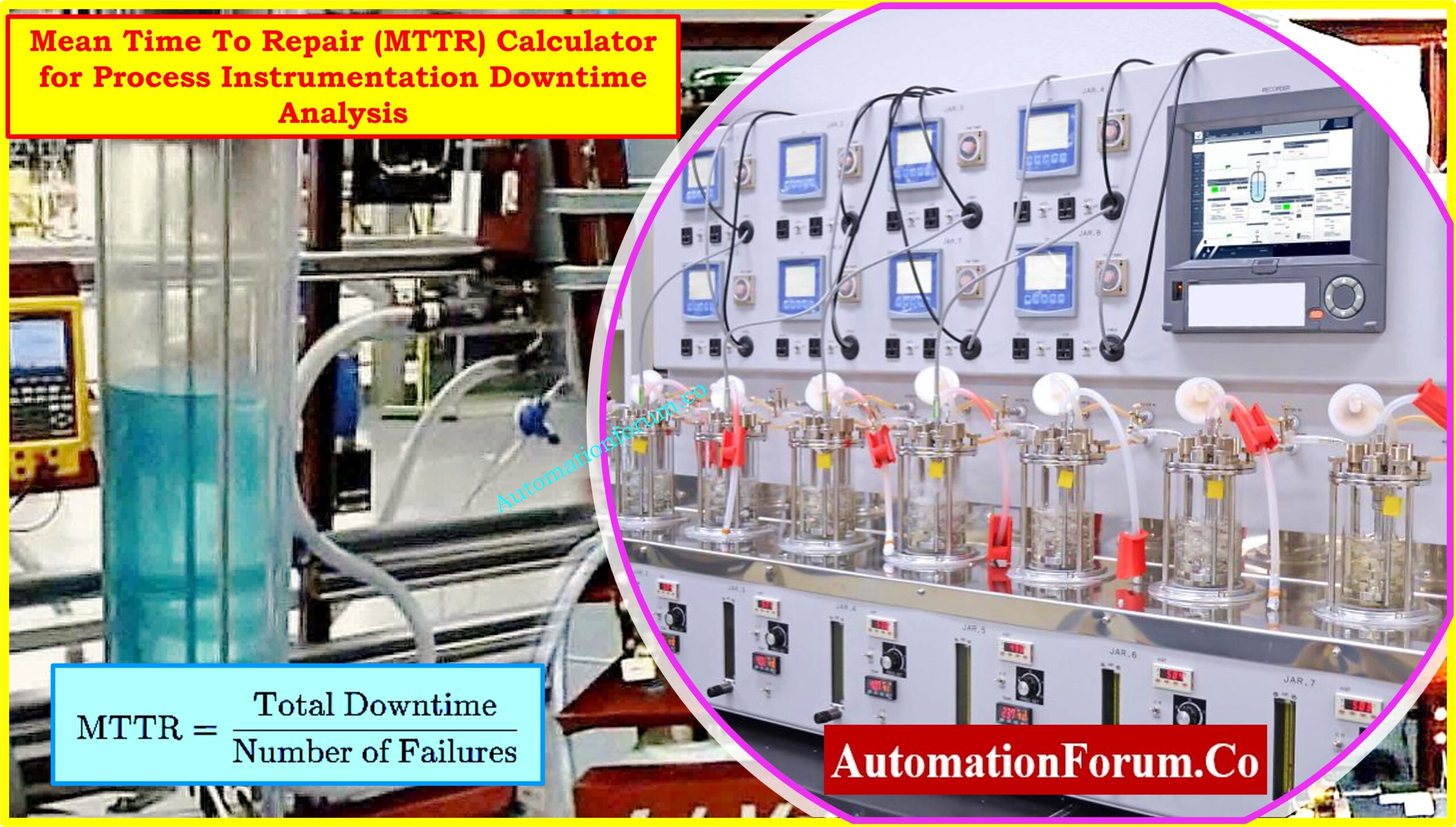This calculator allows you to convert pressure values from Inch of Mercury (inHg) to Pounds per Square Inch (psi), which are commonly used in weather forecasting, aviation, and various industrial applications requiring precise pressure measurements.
Definition: Inch of Mercury (inHg)
The Inch of Mercury (inHg) is a unit of pressure that represents the pressure exerted by a 1-inch column of mercury at 0°C under standard gravity. It is often used in barometric pressure measurements and various industrial processes.
Definition: Pounds per Square Inch (psi)
Pounds per Square Inch (psi) is an imperial unit of pressure commonly used in the United States to measure pressure in systems like tires, hydraulics, and pipelines. It indicates the pressure resulting from a force of one pound-force applied to an area of one square inch.
Formula for inHg to psi Conversion
Pressure in psi=Pressure in inHg×0.491154
How to Convert inHg to psi: Example Calculation
Suppose you have a pressure of 30 inHg. To convert it to psi:
30?inHg×0.491154=14.73462?psi
So, 30 inHg is approximately equal to 14.73 psi.
Quick Reference Conversion Table for inHg to psi
| Inch of Mercury (inHg) | Pounds per Square Inch (psi) |
| 1 inHg | 0.491154 psi |
| 5 inHg | 2.45577 psi |
| 10 inHg | 4.91154 psi |
| 15 inHg | 7.36731 psi |
| 30 inHg | 14.73462 psi |
| 50 inHg | 24.5577 psi |
Uses of inHg to psi Conversion Calculator
- Weather Forecasting: Useful for converting barometric pressure readings to psi.
- Aviation: Helpful in calibrating altimeters and other pressure-sensitive instruments.
- Industrial Systems: Widely used in hydraulic and pneumatic systems.
- Automotive Applications: Commonly used for converting pressure measurements in tires and engines.
This inHg to psi conversion calculator is an essential tool for professionals in meteorology, aviation, and various engineering fields that require accurate pressure conversions.
Here you can refer more 200+Online Instrumentation Calculators





